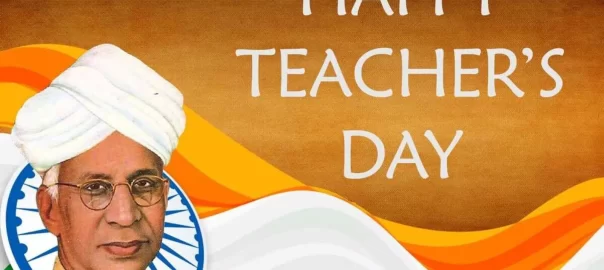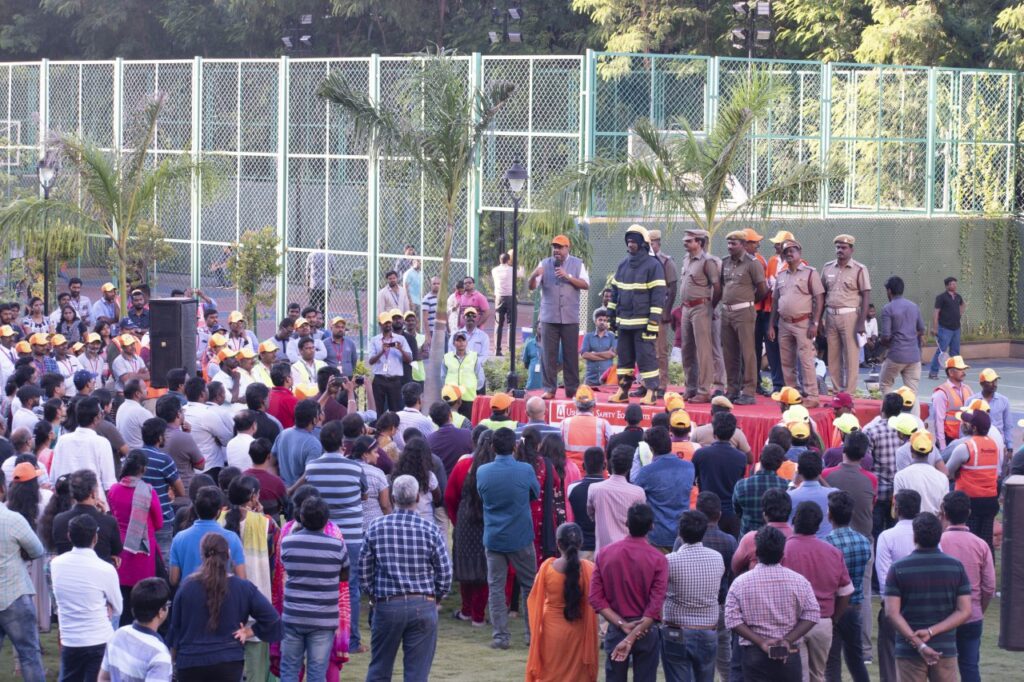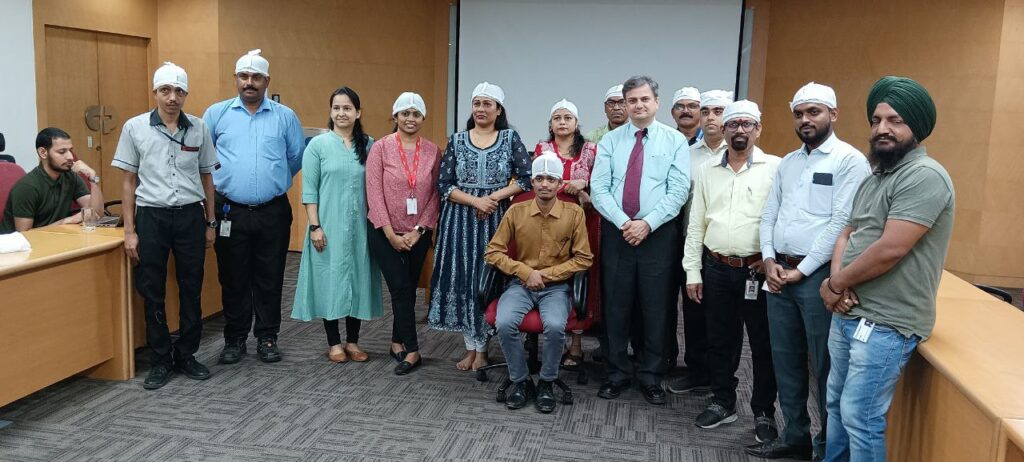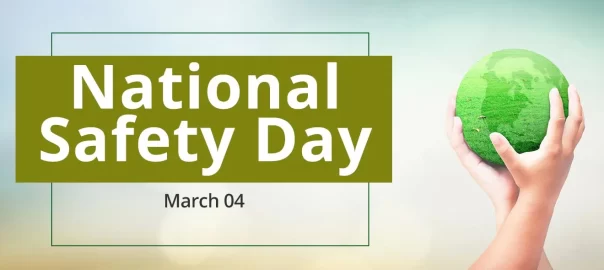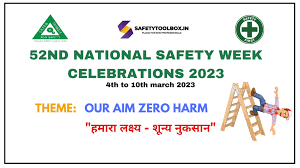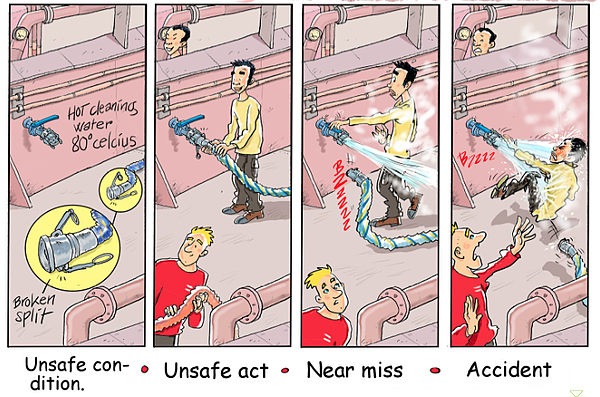Happy Teachers Day to all my readers across the whole world. The 5th of September in India is celebrated as Teachers Day in honour of the birthday of Dr. Sarvappalli Radhakrishnan who rose from being a teacher and became the President of India. As Maggie and Jaggy are still on vacation and as such their conversations on safety are on hold. Then what to write? I just wanted to communicate to the world that Emergency Response Trainers (ERT) are teachers too.
As human beings how far have we come from the cavemen we were to what we are today? Through centuries of living, while all other creatures have shown marginal evolution, hasn’t human progress been dramatic? Who made this possible? THE TEACHERS!
How did the prophecies of enlightened masters, the logic of mathematicians, inventions and discoveries of scientists, the thoughts and ideas of philosophers reach the common man? THE TEACHERS!
Teaching is that profession that teaches all professions and we can never ever tell where their influence stops as they affect all eternity.
Emergency Response Trainers are teachers to their students and are members of emergency response profession where they apply their knowledge and skills on a daily basis. To do the same they need specialised knowledge, long and intense preparation. They need to maintain high standards of conduct and achievement and commit themselves to the higher value of providing public service. They have an obligation to their students, the organization they work for and to themselves. The work of ERT is brilliantly articulated by DR. Haim Ginott.
I’ve come to the frightening conclusion that I am the decisive element in the classroom.
It is my daily mood that makes the weather.
As a teacher I possess a tremendous power to make the child’s life miserable or joyous.
I can be a tool of torture or an instrument of inspiration.
I can humiliate or humor, hurt or heal.
Potent, poignant and profound words. An ERT has to teach in such a way the students need to act in an emergency situation to save lives. He or she becomes a motivator, demonstrator and a mentor at the same time. Overcoming fear is the prime objective of the ERT and to achieve the same is an awesome task. One wrong information, one small mistake and one momentary lapse of concentration and the results can lead to an accident which can be painful. In the words of my mentor Moeiz Ahmed who used to say “It is not important to teach how to operate a fire extinguisher but to teach how to operate them safely.” He also adds there is zero tolerance to errors in teaching safety.
The work of the ERT is difficult to measure as it has more intangibles than tangibles. The happiness for the ERT is when the process is implemented thereby improving safety all around and reducing accidents and life loss. They are the epitome of the maxim PREVENTION IS BETTER THAN CURE.
On this teachers day I salute all the teachers, mentors, coaches, healers and ERT for ensuring the evolution of humans all over the universe to become better version of themselves in all aspects of life. Let us all explore new technologies, new methods of teaching and make the world a safe place to live.
I also thank all my readers too who by virtue of you feedback have been my teachers on how to write better. Keep reading and let the constructive feedback keep flowing.
Live Life- Save Life.
Seshadri Varadarajan.
